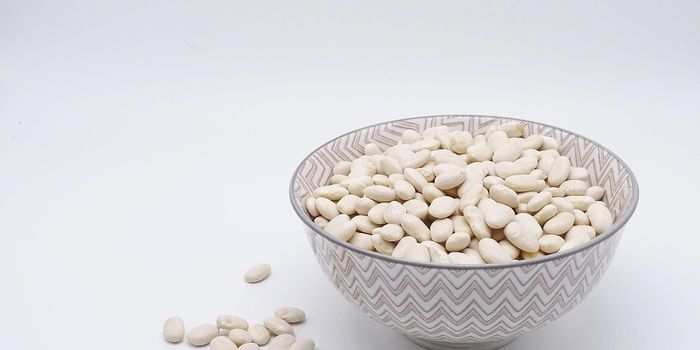Stem Cells Treat Asthma?
A new treatment for chronic asthma could help people who don’t respond to the standard corticosteroids, who don't have any other options. A new breed of stem cells appears to be the answer, cells capable of reversing the negative effects of asthma on lung tissue.
The new approach to treating chronic asthma is based on induced pluripotent stem cell-derived mesenchymal stem cells (MSCs) from Cynata Therapeutics, an Australian “clinical-stage stem cell and regenerative medicine company.”
What are induced pluripotent stem cells, and what makes them a promising component of a new asthma treatment? These types of stem cells can be directly acquired from adult stem cells and can differentiate (transform into) other types of cells, such as lung cells to recharge lung tissue damaged from chronic asthma.
From Monash University in Australia, researchers tested the therapeutic effect of MSCs - delivered intranasally - in a model of experimental asthma, examining their influence on three components of asthma: inflammation, airway remodeling, airway hyperresponsiveness (the classic symptom of asthma). How effective are MSCs at treating these components? Quite. MSCs reduced inflammation, reversed negative effects of airway remodeling, and returned lung tissue scarring and hyperresponsiveness back to its normal state.
"When we've tested other types of stem cells they haven't been able to fully reverse scarring and lung dysfunction associated with asthma - we've had to combine them with anti-scarring drugs to achieve that,” explained lead researcher Chrishan Samuel. “These cells were remarkable on their own as they were able to effectively reverse the scarring that contributes to lung dysfunction and difficulty in breathing.”
Turned into a new treatment option, MSCs could either provide a new chance for asthma patients not responding to standard corticosteroid therapy or a completely new treatment for people who simply want another choice. In the future, MSCs as an asthma treatment will be tested in comparison to and in combination with standard corticosteroid treatments.
The present study was published in the FASEB Journal.
Source: Monash University









